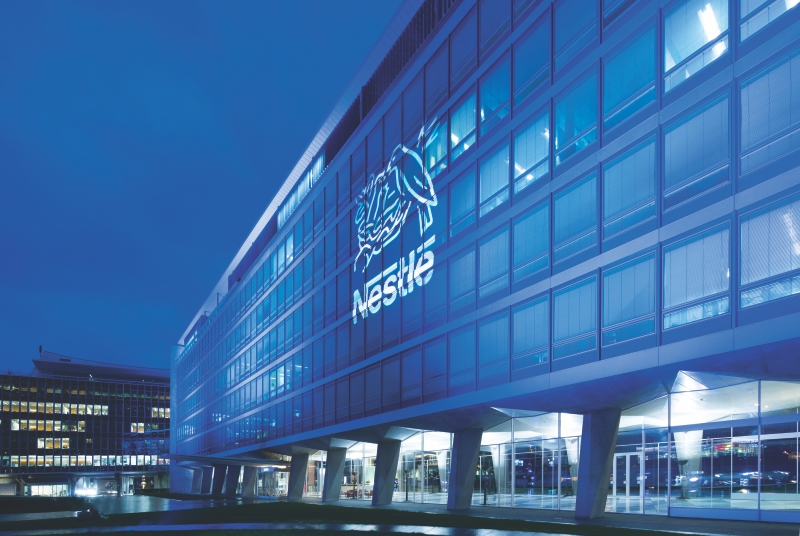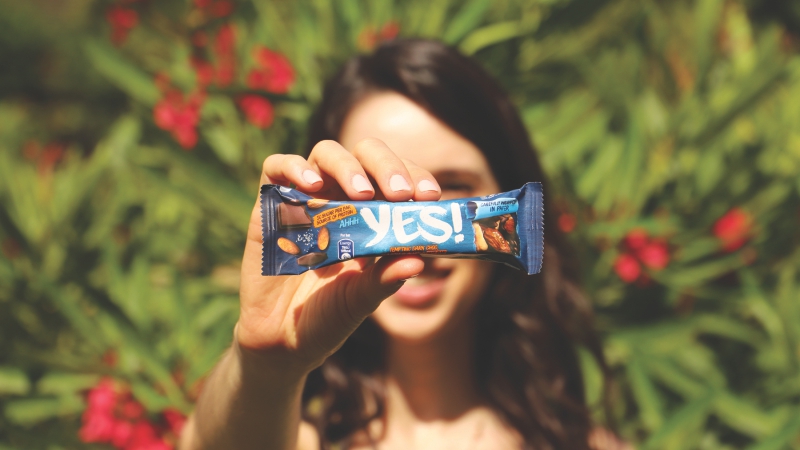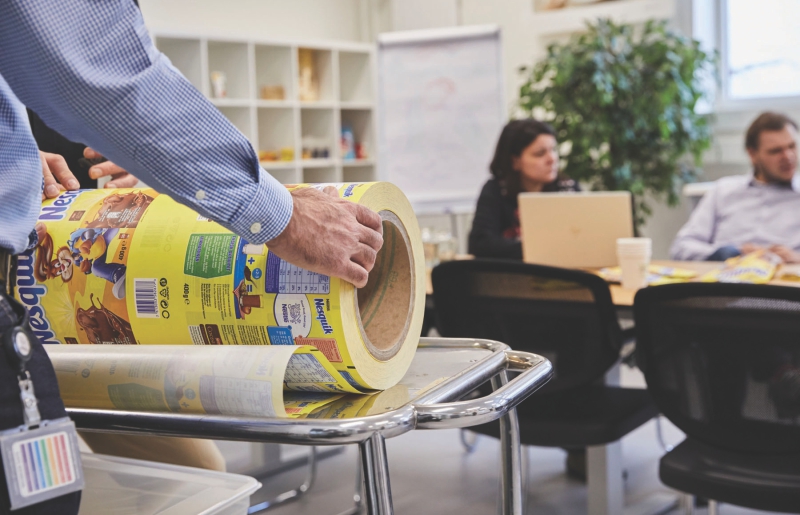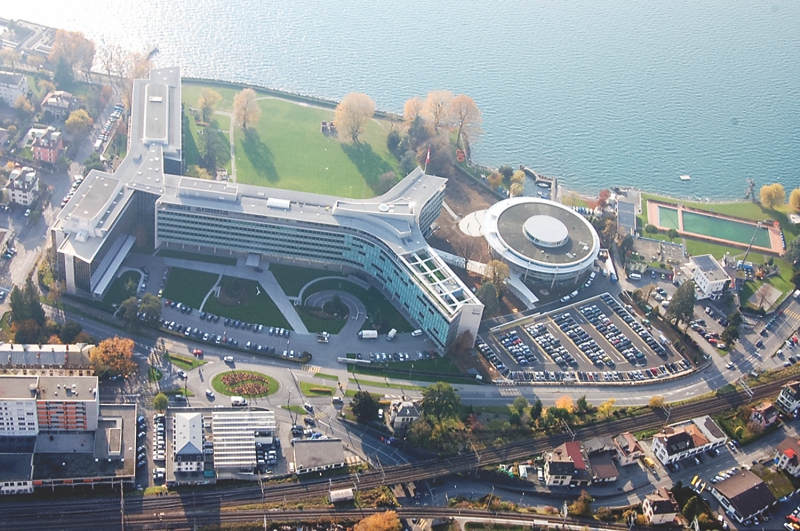Two years ago, Nestlé made the commitment to make 100 percent of its packaging recyclable or reusable by 2025. Since then, it has outlined a series of specific actions to step up its efforts to meet this commitment.

In an absorbing interview given to Paper Mart, Team Nestlé gives valuable insights into the determined efforts it has been putting into making all of its packaging recyclable or reusable.
Here are a few excerpts from this interview.
Paper Mart: Stora Enso and CEPI member companies recently launched 4evergreen – an alliance to promote fibre-based packaging in circular economy. Nestlé is a member of this alliance. What are the aims of 4evergreen and why has Nestlé joined this alliance?
Team Nestlé: Nestlé believes that collaborative action is needed to tackle plastic waste. Therefore, the company has established various partnerships with industry associations, companies, universities or organisations. 4evergreen is a forum to engage and connect industry members from across the fibre-based packaging value chain. The aim is to boost the contribution of fibre-based packaging in a circular and sustainable economy that minimizes climate and environmental impact. 4evergreen increases awareness about fibre-based packaging materials, alternative delivery solutions and recycling.

PM: Nestlé has recently inaugurated a packaging research institute, which is first-of-its-kind in the food industry. Could you tell us a little bit about the Institute of Packaging Sciences?
TN: Our scientists at the Nestlé Institute of Packaging Sciences are working in collaboration with external partners, either be academics or start-ups companies, to develop different solutions and technologies that preserve product quality and ensure the highest safety during the shelf life when it comes to packaging solutions. For example, they are developing technologies to improve the barrier and functional properties of easier to recycle materials such as paper. They are also looking at how to simplify non-recyclable complex laminates which typically have several layers of materials with different functional properties, such as protecting the product from moisture and oxygen. They are looking at how to replace them with recyclable simplified laminates, while also ensuring sufficient barrier and functional properties. The other alternative materials being researched include bio-based, compostable, biodegradable, and recycled food-grade plastic materials. We are also working on new modes of distribution of our products, such as bulk delivery and refillable/reusable packaging.
The launch of the YES! bar has unlocked the potential for recyclable paper packaging to be used in the confectionery industry.
PM: Nestlé has introduced a new recyclable paper pouch for its new Nesquik powder. What are the special features of this pouch and how is it different from a conventional pouch?
TN: The new pouch is made of a coated paper that is recyclable in the paper stream. The paper is from sustainable sources, certified by the Forest Stewardship Council (FSC). The pouches have been extensively tested to make sure they keep the Nesquik powder in perfect condition during transport and storage.

PM: Nestlé has launched its YES! snack bars in a new recyclable paper wrapper. For the first time, a confectionery bar has been packaged in a paper using a high-speed flow wrap technology. What is high-speed flow wrap technology? Are you planning to use this technology to package your other products in paper?
TN: The launch of the YES! bar has unlocked the potential for recyclable paper packaging to be used in the confectionery industry. Up until now, the high-speed production of shelf-stable snacks was only achieved using plastic films and laminates. We carefully adapted our machinery to make sure it treats this new wrapper gently, so that we can wrap the product without tearing or puncturing the paper. Now paper can be used at a large scale while guaranteeing product quality and freshness over the entire shelf life. We are exploring paper packaging materials across our portfolio.
The new pouch is made of a coated paper that is recyclable in the paper stream. The paper is from sustainable sources, certified by the Forest Stewardship Council (FSC).
PM: What are the sources of the paper you use for packaging? Is it from sustainable sources?
TN: The papers we use for the YES! bar are made from wood supplies that are responsibly sourced and certified under Forest Stewardship Council Scheme (FSC-C015022) or the Programme for the Endorsement of Forest Certification (PEFC). When used, the paper can be given into the paper recycling stream.
PM: The use of paper packaging is aligned with Nestlé’s commitment to making its packaging recyclable or reusable by 2025. What steps is Nestlé planning to take to meet this commitment?
TN: Two years ago, Nestlé made the commitment to make 100 percent of its packaging recyclable or reusable by 2025. Since then, it has outlined a series of specific actions to step up its efforts to meet this commitment. This includes the opening of the Nestlé Institute of Packaging Sciences, the development of new sustainable packaging solution like paper wrappers or reusable and refillable systems, and the work on concrete projects to stop plastic leakage into the environment. In January, we made the announcement to invest up to 2 billion Swiss Francs to lead the shift from virgin plastics to food-grade recycled plastics and to accelerate the development of innovative sustainable packaging solutions.

PM: Which is more cost-effective – paper packaging or plastic packaging? Do you think cost is the main factor hindering the growth of fibre-based packaging?
TN: Changes in packaging is about doing the right thing to shape the long-term future of Nestlé. In certain cases, packaging costs will be lower. Some measures will be cost-neutral. In some cases, the new materials may be more expensive. As we pioneer new materials there is a change in costs but as the usage expands, efficiency will happen with scale. We see this as an investment for the future.
At Nestlé, we strive to use packaging with the lowest possible environmental impact.
PM: The use of paper for packaging purposes is growing every year, due to its excellent environmental performance and the increasing demand related to e-commerce and delivery services. Do you think that in times to come fibre-based packaging will completely replace plastic packaging?
TN: We are constantly working with our partners and at the Institute of Packaging Sciences to develop even better paper packing. At Nestlé, we strive to use packaging with the lowest possible environmental impact, but we must also comply with food regulations and standards in every country where Nestlé operates, which often affects the types of material we can use to package our products. Let’s not forget that plastic packaging plays an important role in safely delivering high-quality food and drinks to consumers and reducing food loss and waste. We consider this before making changes.




